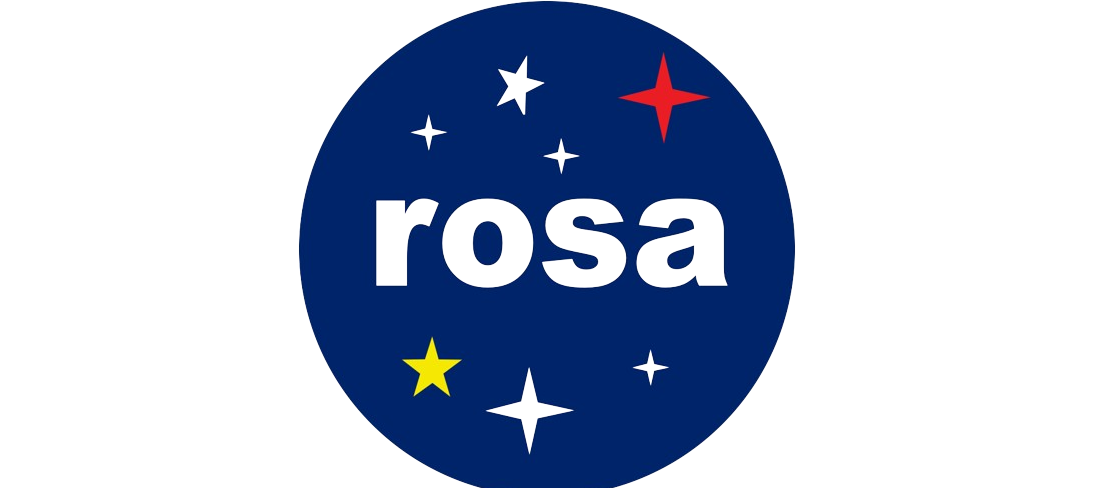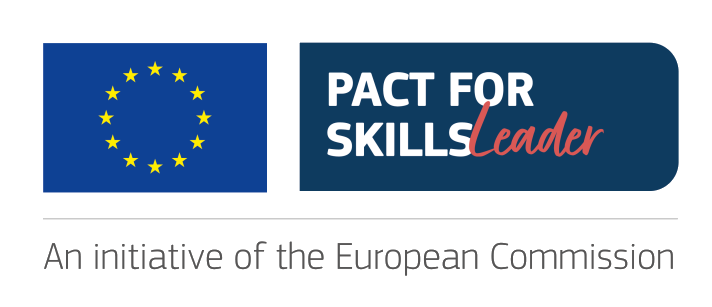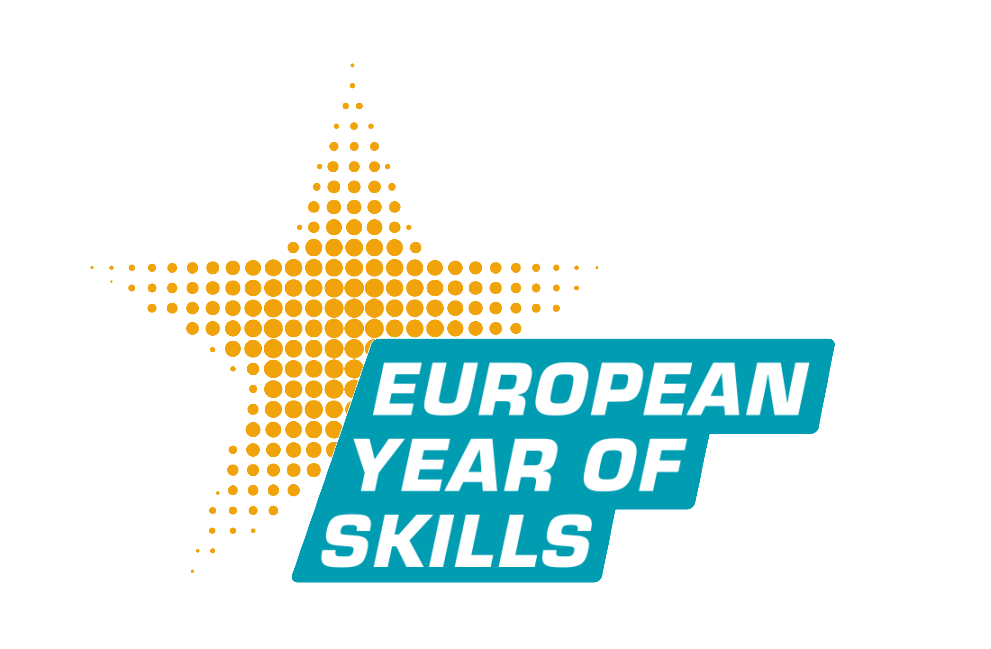About ROSA
The main mission of ROSA is to promote, coordinate and develop space research and applications programs/projects in Romania and to represent the Government in relevant international cooperation agreements. ROSA established cooperation agreements with international organizations such as European Space Agency (ESA) or the Committee on Space Research (COSPAR), as well as bilateral cooperation agreements at governmental level. Together with the Ministry of External Affairs, ROSA represents Romania at the sessions of the United Nations Committee on the Peaceful Use of Outer Space — COPUOUS and its subcommittees.
In 1992, Romania was one of the first Eastern European countries to sign a Cooperation Agreement in the field of the peaceful use of outer space with ESA, paving the way for Romanian participation in several research projects with other European countries. According to European Space Agency Council decision, on 16 December 2010, Romania was unanimously accepted as the 19th full member state and, on 20 January 2011, Romania signed the Accession Agreement to the ESA Convention. ROSA is the coordinator organization of the Research, Development and Innovation STAR Programme – Space Technology and Advanced Research for the period 2012-2019, approved by Law no. 262/2011 – the tool which provides national support for implementing the Agreement between Romania and the European Space Agency (ESA) on Romania’s accession to the ESA Convention. ROSA develops its own research and development projects and centers.
The ROSA Research Centre has been established in 1998 and is developing since 2000 as a centre of excellence. It’s acting as project integrator and developer in the main areas of space research and technology: space science, Earth observation, global navigation satellite systems, space dynamics, space applications for agriculture, disaster management, space information systems, space infrastructure development. The research in ROSA is project-oriented. The overall objectives are to produce science and technology, to transfer the results to the users and to generate physical and human infrastructure – capacity building.



